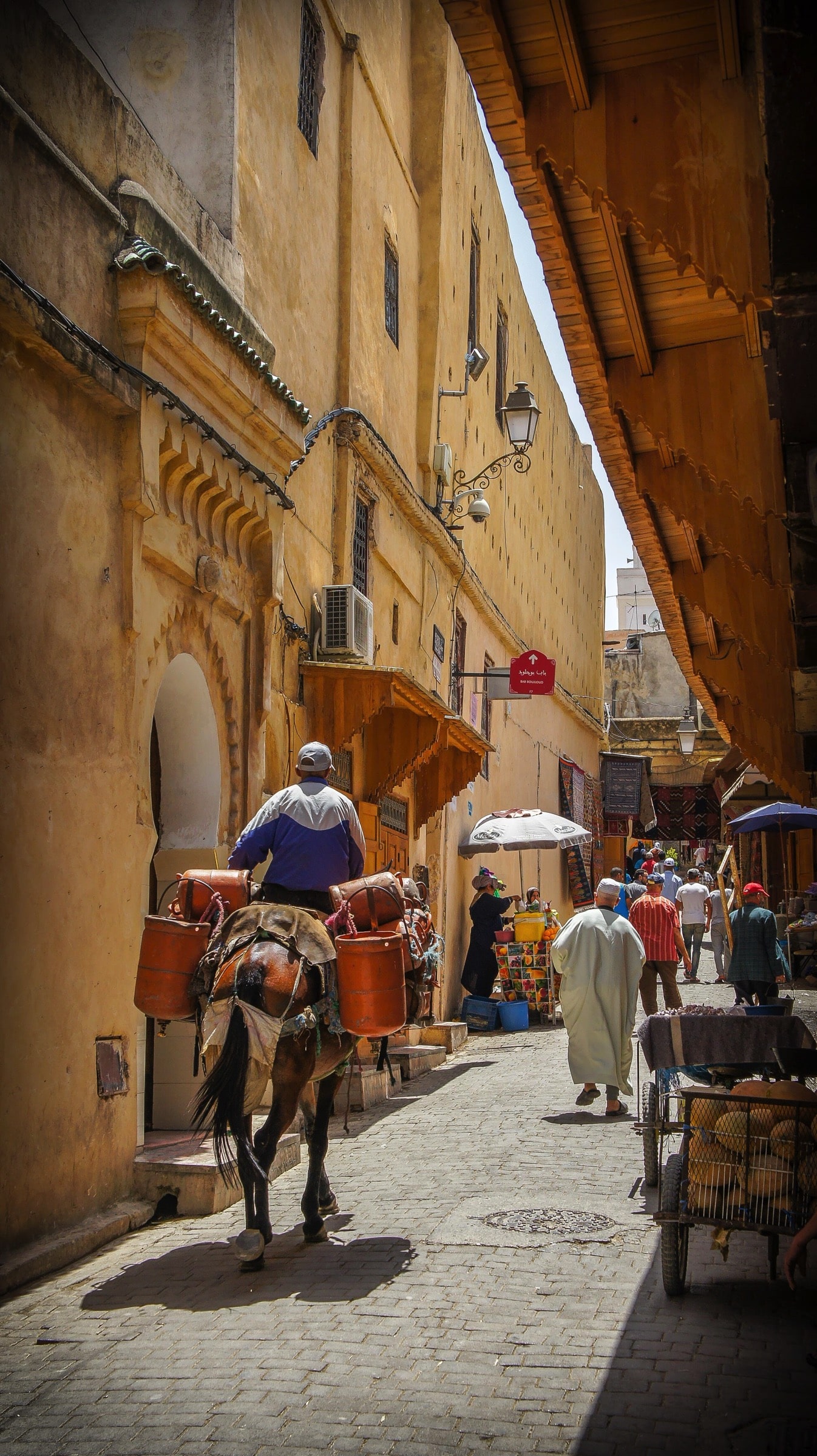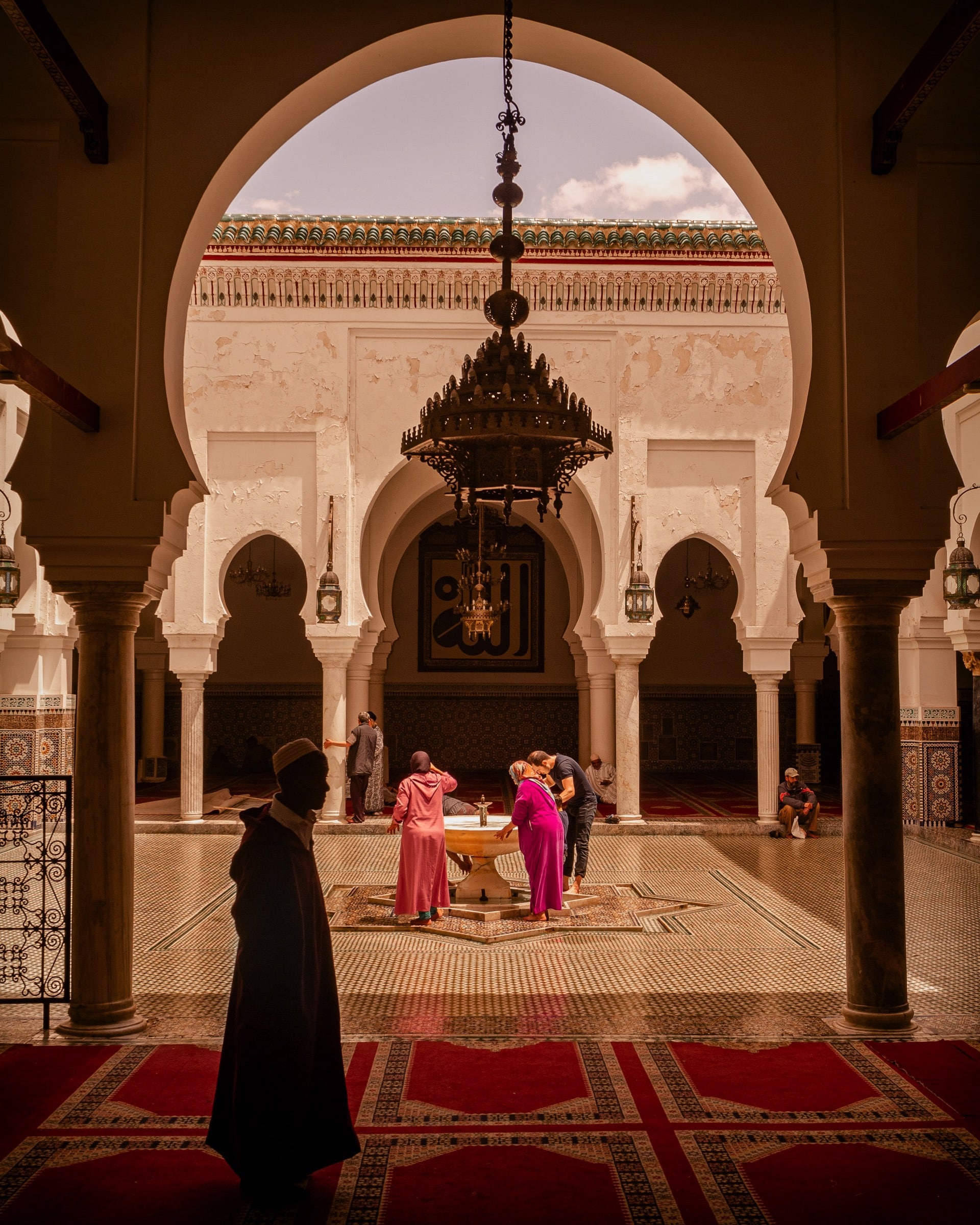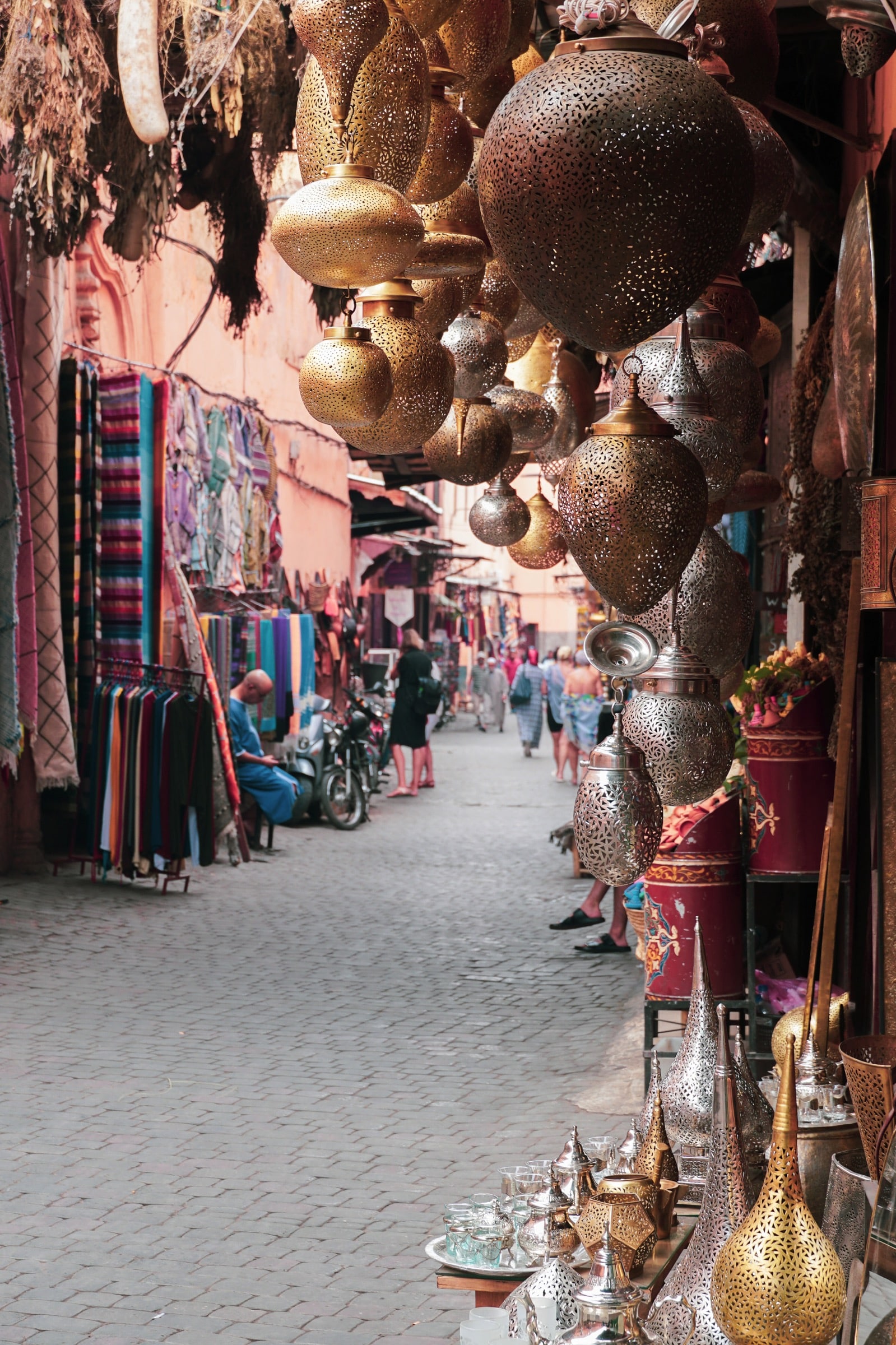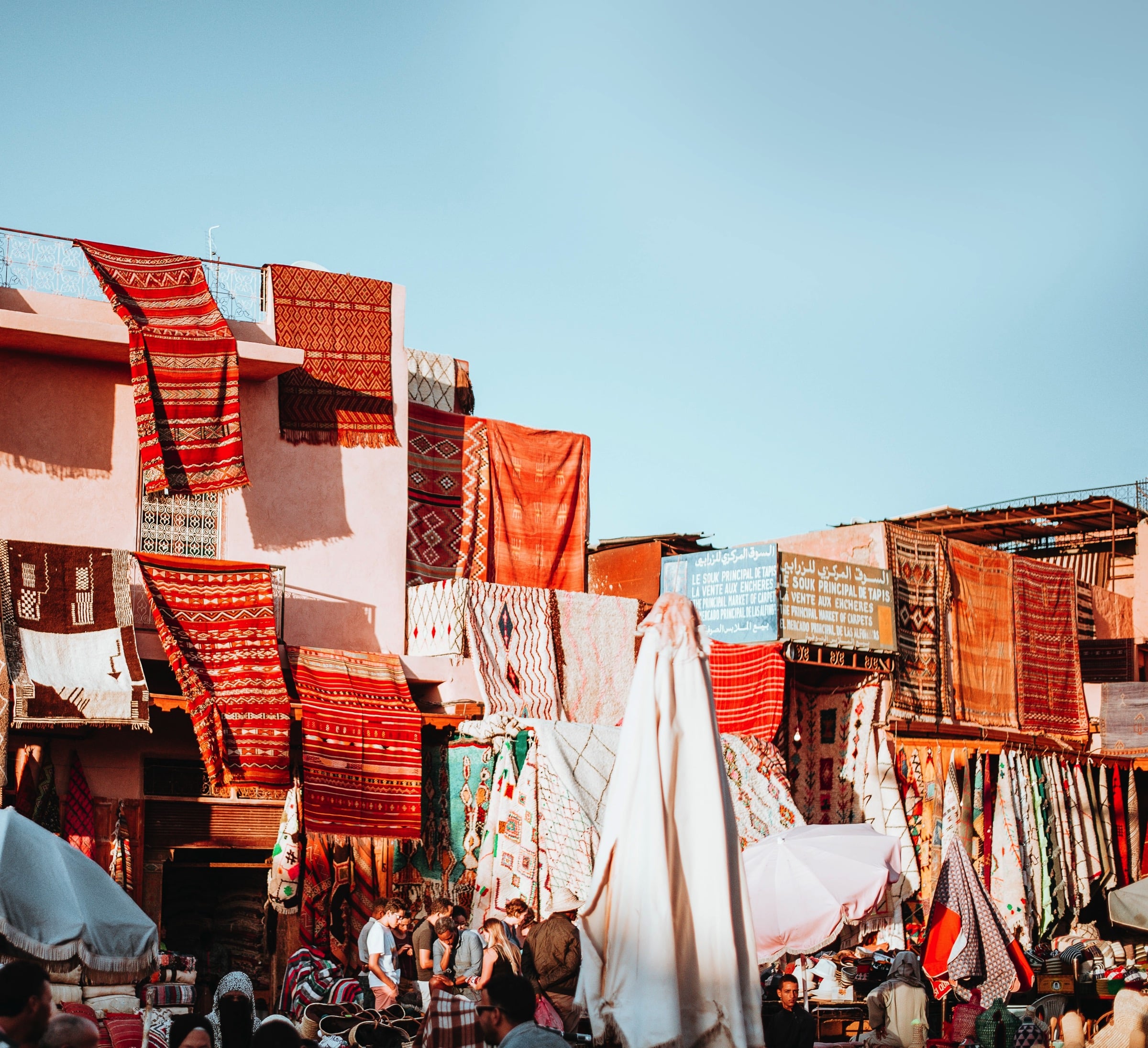Moroccans stand out from the populations of their sub-region by their strong traditional roots, both culturally and in terms of clothing. Thus, when we talk about clothing in the country of the Atlas lions, whether at work, in the streets or during important festive events, it is the traditional outfits that dictate their laws, as much for women as for men. Traditional clothing in Morocco consists mainly of djellaba, burnous, caftan, haïk, caftans. It is mainly refined embroidery that decorates the clothes.
On special occasions, men add hats called tarbouchs or fez. As for women, they are inseparable from their veils. At their feet are genuine leather slippers, from Moroccan craftsmanship. Today, a traditional dress model is becoming more and more popular. This is the Gandoura, a form of tunic or long dress very popular with Moroccans.



Gandoura – man
The Gandoura for men is currently the flagship garment of the Moroccan male tradition. It is a long tunic, with long or short sleeves made with 100% cotton fabrics, quite light, but thick and of very good quality. Their endings (arms, wrists and neck) are enhanced by handmade embroidery. Designed with finesse, the Moroccan Gandoura for men provides the wearer with not only absolute comfort and unique ease of movement, but also masculine elegance while respecting virility and the values of Moroccan tradition. It exists in various ranges, depending on the importance of the use for which it is intended. Adaptable to all kinds of events, it can therefore be worn on a daily basis or during festive ceremonies.
Gandoura – woman
The models of the Gandoura for women are modeled on those for men. These are long dresses characterized by their mastourous and ample side. With very worked finishes, often handmade, the feminine tunic is made with cotton fabric, fluid, with arabesque patterns and very light. With its style taken from the authentic traditional outfits of women in North Africa, the female Gandoura is very popular with Muslim women because it highlights them while bringing elegance and respecting the very strict dress rules of the Islamic religion.

Available in several colors, it can therefore be worn daily, as a nightgown or during religious festivals of Eid (el fitr and el Kebir).
Source: https://craft-shop.com/collections/mode
Modernity and new technologies have obviously made it possible to print sublimation on fabric in Morocco for more than twenty years now. Screen printing is also a technique used for commercial purposes or to reproduce works of art.
The batik dyeing technique is also well appreciated by Moroccans, who perpetuate the tradition of dyeing fabrics to create soft and light scarves in 100% cotton, or even wool. Tablecloths are sometimes also dyed and decorated using the batik technique.
Now, thanks to M&M Graphic, a fabric sublimation printing specialist in Montreal, you can order and receive personalized clothing or promotional items in just five (5) days! Quite a “revolution”, isn’t it?